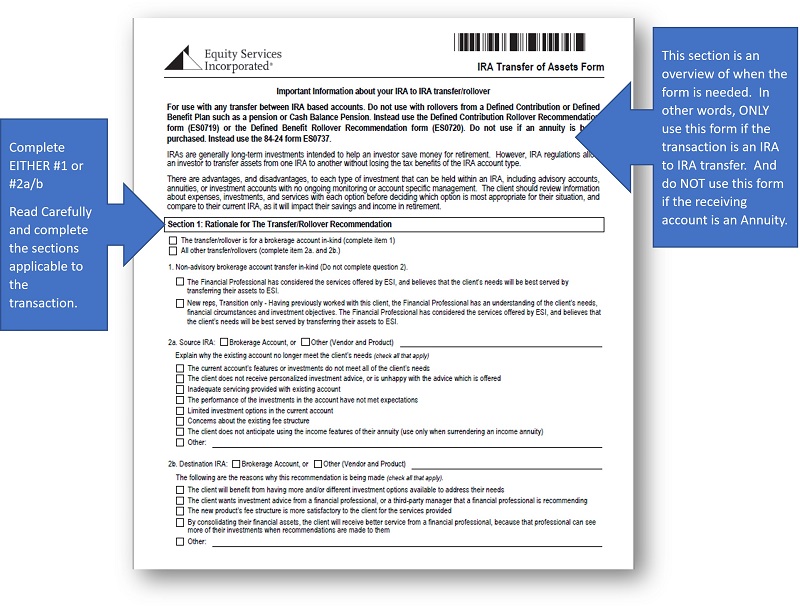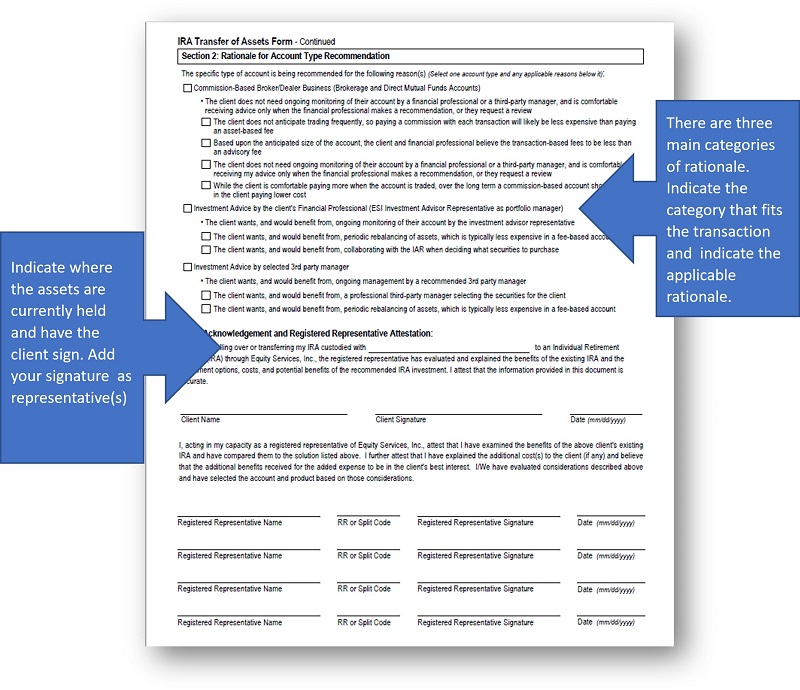Historically, bonds have served as excellent diversifiers and hedges for equities risk. In many historical periods, bonds offered negative or low correlation to equities and provided investors with material yields to supplement their income needs. However, persistent low interest rates and increased correlation to equities have impacted bonds and their effectiveness. Specifically, according to Morningstar, the average core bond fund lost 5.89% in the first quarter, and the average core-plus fund dropped 5.72%, the worst declines for both categories since the 2008 financial crisis. 1 Despite the challenges bonds have recently faced, investors still need protection from market decline. The recent market volatility is a stark reminder how market selloffs can be quick and painful. What can clients do to hedge market decline risk? Registered Index Linked Annuities, RILAs are variable annuities that have protection features to limit contract value losses in the event of a market decline.
To more fully examine how RILAs may be used as a bond alternative, let’s examine the pros and cons of both RILA’s and Bonds as potential assets within a client’s portfolio.
Bonds -Pros:
- Individual bonds don’t have explicit asset management fees.
- Do not have surrender charges.
- Historically, bonds have realized low or negative correlation to equity risk.
- Provide a predictable income stream.
- Principal is generally returned at maturity.
- Historically, bonds have generally exposed investors to less risk than equities.
- Bonds typically have produced higher returns than bank CD’s.
- A bond’s credit rating is generally consistent with its risk level, which can help the investor to accurately understand the principal risk they are assuming.
RILAs -Pros:
- Have greater appreciation potential than bonds since performance is linked to underlying equity indices.
- RILAs offer buffers which absorb up to a defined level of index decline. Common buffer levels include, -10%, -15% and -20%.
- Certain RILAs offer floors. Unlike a buffer, RILA floors establish a maximum loss exposure. The contract owner realizes the loss to the defined floor. After the floor is reached, any additional index decline is avoided by the contract owner. Common RILA floors include -5% and -10%.
- RILAs – like all annuities – offer potential tax-deferred growth of account values.
- Certain RILAs offer guaranteed lifetime income benefits for clients that have income as a primary objective. There is an additional fee for lifetime income benefits.
Bond – Cons:
- Bond prices fall when interest rates go up. Given the historically low interest rate environment and the Federal Reserve’s interest in controlling inflation, the likely direction for interest rates is up.
- Longer-term bonds can be more susceptible to price fluctuations than shorter term bonds. Given that investors have sought higher yields, investors may have greater exposure to longer term bonds.
- Bond correlation to equities seems to be increasing, which provides less diversification and downside protection.
- Over the last 30 years, there is a 96% correlation between the starting return and the subsequent 10-year nominal return. If that forecast remains consistent, investors can expect 1 – 3% bond returns over the next 10 years. 2
RILAs – Cons:
- RILAs can lose principal.
- Some RILAs may have a capped upside,
- RILAs have surrender charges, which normally last 3 – 6 years.
- Certain RILAs may charge administration fees, which decreases the contract value.
- Certain RILAs offer guaranteed lifetime income benefits that charge a fee and will reduce the contract value.
- The income base is not guaranteed before initiating income and is based on account value. There is no guaranteed growth rate.
- They may be challenging with rebalancing the overall asset allocation.
Now that we have addressed the pros and cons of both bonds and RILAs, it may be helpful to address how ESI’s Suitability team considers using RILAs as a potential alternative to bonds.
RILAs may have a place in the portfolios of certain clients who have acknowledged the considerations previously mentioned. With any annuity transaction, the Suitability team views each case on its own merits and the individual circumstances of the transaction. Below are just some of the general points to keep in mind when deciding whether this strategy is right for your client:
- Awareness of annuity concentration (total value of client’s annuities subject to a surrender penalty as compared to liquid net worth)
- Cash flow and client liquidity needs outside of annuities
- Surrender penalties or loss of living/death benefit features if an annuity is being replaced
- Client sophistication and ability to understand a product that may be more complex
- Documentation of the overall strategy and how a client’s other portfolios may be adjusted in conjunction with the use of the RILA
Resources:
Below are links to some videos which address some of the material discussed and may be a potential resource:
Allianz
Equitable
Jackson
Lincoln Financial
If you have additional questions, please contact ESI Business Development, 800-344-7437.
- How the Largest Bond Funds Fared in the First Quarter, Morningstar, April 5, 2022
- Research affiliates based on data from Bloomberg and FactSet as of Dec. 31, 2019. Proxy: Bloomberg Barclays U.S. Aggregate Bond Index. Past performance is not a guarantee or a reliable indicator of future results.
TC126962(0522)1
Read More








 New Section on the Annuity Purchase and Exchange Disclosure
New Section on the Annuity Purchase and Exchange Disclosure


